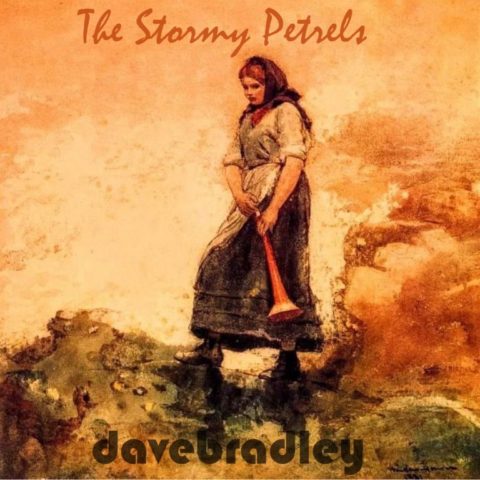Great to see the police have put a form up online so that we can report on breaches of lockdown rules…but, how do you know that your neighbour, for instance, is actually breaking the rules?
Say you have a keyworker living next door to you, but you didn’t know they are a keyworker. They leave their house entirely legitimately but more than once on a given day. The first time is as part of their important public service work, the second time to take some brief exercise around the local areas avoiding the incessant stream of new joggers on the paths that seem not to care about social distancing and spatter you with sweat as they plough through. Your neighbour was hoping to have a bit of a brain reboot during their exercise allowance to help them cope with the viral situation and the pressures of their work.
You log this in your little logbook from behind you twitching net curtain.
The police receive your report and assign a constable to check it out. They discover your neighbour was well within their rights to do their job and to take their daily exercise away from their home. An hour of that copper’s time less than well spent, one might suggest.
Meanwhile, a bunch of friends has gathered together in a back garden a few doors down. There’s music, but it’s quiet, for now. They’re having a barbecue to celebrate being furloughed on full pay and clinking glasses of punch, double dipping their tortilla chips in the hummus, and generally having a pathogenic time. One of them is looking a bit sweaty though and seems to be coughing a lot…but you can’t see any of that…

 The painting I’ve used for the artwork for this song is “Daughter of the Coast Guard” (1881) by Winslow Homer, she’s brandishing a voice horn mentioned in the song. Homer is often known as the American Turner, one of my favourite artists. Spent time in Cullercoats in the 1880s when it had a strong reputation for craggy cliffs and characters (it still does!). It was something of an artists’ enclave, their being drawn by the light, the sea, the craggy characters, back then and to some extent it still is in the modern day. I’ve written about
The painting I’ve used for the artwork for this song is “Daughter of the Coast Guard” (1881) by Winslow Homer, she’s brandishing a voice horn mentioned in the song. Homer is often known as the American Turner, one of my favourite artists. Spent time in Cullercoats in the 1880s when it had a strong reputation for craggy cliffs and characters (it still does!). It was something of an artists’ enclave, their being drawn by the light, the sea, the craggy characters, back then and to some extent it still is in the modern day. I’ve written about